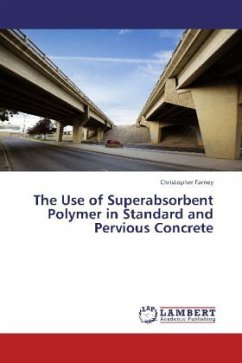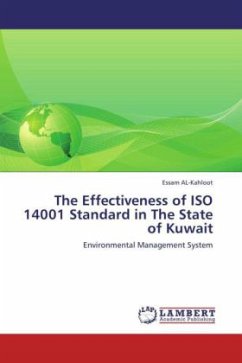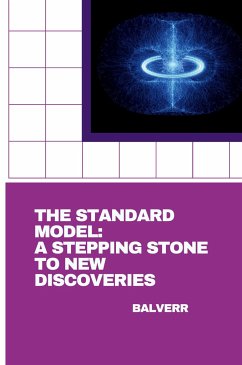
The Use of Superabsorbent Polymer in Standard and Pervious Concrete
Versandkostenfrei!
Versandfertig in 6-10 Tagen
32,99 €
inkl. MwSt.

PAYBACK Punkte
16 °P sammeln!
The use of internal curing and specifically the use of super absorbent polymers has recently become an important topic in concrete research. Internal curing has been shown to reduce autogenous shrinkage in concrete mixtures, especially in high-strength mixtures where the water to cement ratio is low. Super absorbent polymer has not been studied in regards to its effect on pervious concrete. This research was conducted to examine the effectiveness of a commercially available super absorbent polymer in both standard and pervious concrete. The testing was initially conducted on mortar mixtures, f...
The use of internal curing and specifically the use of super absorbent polymers has recently become an important topic in concrete research. Internal curing has been shown to reduce autogenous shrinkage in concrete mixtures, especially in high-strength mixtures where the water to cement ratio is low. Super absorbent polymer has not been studied in regards to its effect on pervious concrete. This research was conducted to examine the effectiveness of a commercially available super absorbent polymer in both standard and pervious concrete. The testing was initially conducted on mortar mixtures, followed by standard and high-strength concrete mixtures, and finally pervious concrete mixtures. Several tests were conducted including compressive strength, autogenous and total shrinkage, restrained shrinkage, moisture loss, abrasion, as well as others.












